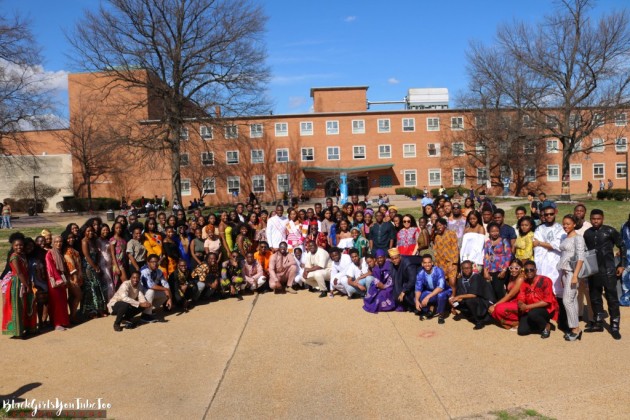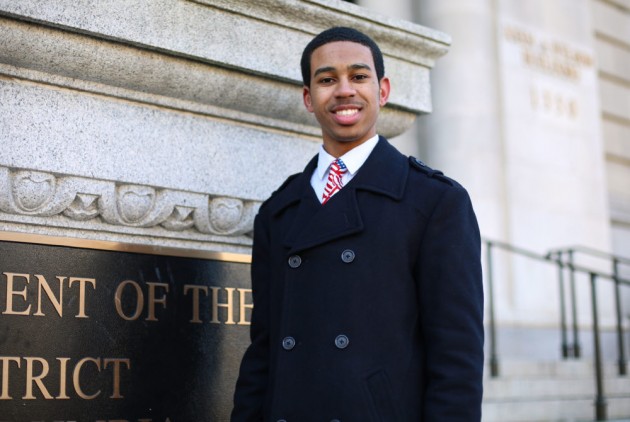Students Begin Work on Hurricane-Ravaged Areas
Shortly after arriving in New Orleans on Sunday afternoon, more than 500 volunteer students from Howard University sat in Dillard University’s gym to hear greetings from faith-based leaders and council members.
“I welcome you with a heart of hope,” said Cynthia Willard-Lewis, District E council member. “You’ve come on a continuous basis … denoting a connection in pain, in hope and in love.”
Dressed in paint suits and masks, students are spending the week assisting in the rebuilding of New Orleans through housing construction, painting and environmental cleanup. Some are also involved with legal assistance and tutoring. The theme of this year’s Alternative Spring Break is “Unfinished Business.”
Lewis said that after three years of “governmental inaction,” people are slowly starting to get help two and half year’s later.
“If you come back in another nine months – and I know you will – you will see a difference,” she said.
Torin T. Sanders, pastor of Sixth Baptist Church, expressed his appreciation and honor to be a Howard graduate.
“When I was at Howard I was taught to look beyond the surface,” Sanders said. “And to try to make a change in the world.”
District C council member James Carter, who is also a Howard graduate, praised the students for being “social engineers” and for giving up their spring break to help in the recovery effort for three years in a row.
“I believe this is probably the largest contingent of students from anywhere to come down to New Orleans,” Carter added.After the short orientation, students boarded the bus for a tour of the city’s hardest-hit areas.
Resident Joe Givens told students what to expect.
“It’s not a tour,” Givens said. “It’s a pilgrimage to a place where some of our folks once lived.”
Assisted by tour guides, student stared out the foggy bus windows. Students traveled through Lakeview, Lake Vista, Gentilly and the Lower Ninth Ward neighborhoods.
Guides pointed out that Lakeview, a predominately white middle and upper-class neighborhood, was flooded with 10 to 12 feet of water. Since 2005, the majority of the homes have been rebuilt.
“If there was money given, we know who got it,” said Saddi Khali, one of 10 guides.
As the long line of police-escorted buses crossed red lights, residents stood outside shops and on their stoops to greet students.
“There was an elderly lady who waved at the bus,” said Edward Holloway, 23. “She was enjoying her plate of food, sitting on her porch and she waved at us.”
The last stop on the tour was to the black neighborhoods of the Lower Ninth Ward. Besides a few gutted houses, students said they saw nothing but land and weeds where houses used to stand.
“We got to see the difference between the black neighborhoods and the white neighborhoods,” said Maya Cyrus. “It was a completely different atmosphere once we crossed the railroad tracks. There was just nothing there.”
The hour “pilgrimage” was only a glimpse of what residents faced and a what students will see on this weeklong journey in New Orleans.
“Yes it’s been painful; yes its been slow,” Willard-Lewis said. “We’re trying to reclaim our people as we reclaim our neighborhoods.”
Additional reporting by Danielle Kwateng.




